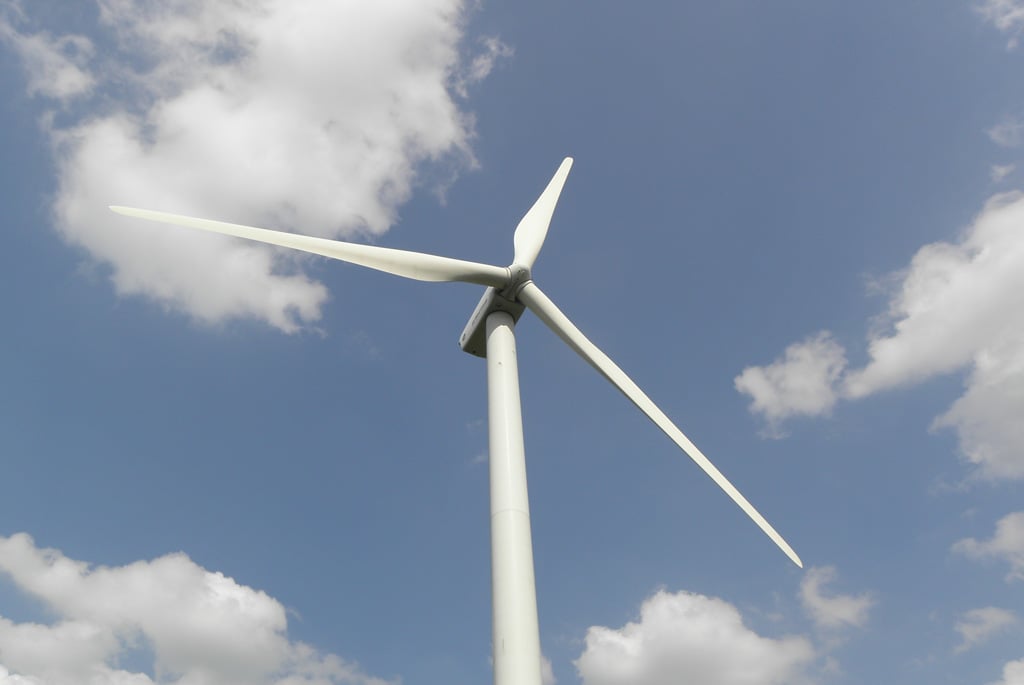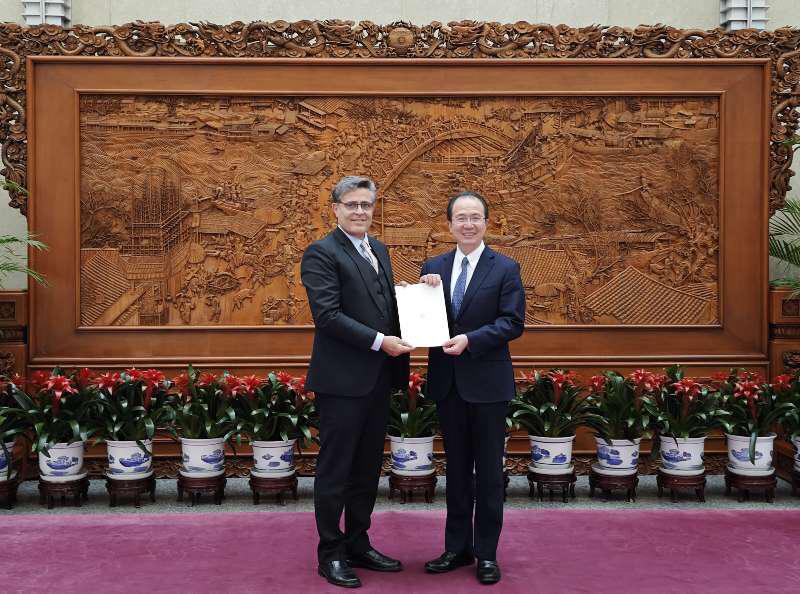More than 100 wind turbines in Thatta district, Sindh, are now actively supplying green energy to rural households as part of the China-Pakistan Economic Corridor (CPEC). All 12 wind power projects in Thatta, with a total installed capacity of 610 megawatts, have been successfully integrated into the national grid, as reported by China’s state-run Xinhua news agency.
Yang Jianduo, Chief Representative of PowerChina in Pakistan, highlighted the significance of this wind power project portfolio, emphasizing that it has created over 20,000 jobs for locals. Once fully operational, the projects are expected to generate 2 billion kilowatt-hours of clean energy annually, contributing to a substantial reduction of 2 million tonnes in carbon dioxide emissions.
The success of CPEC was discussed at the Second Conference of Global Economic Development and Security Forum of Boao Forum for Asia, where it was revealed that by the end of 2022, CPEC had attracted a direct investment of $25.4 billion, generated 236,000 jobs, and facilitated the addition of 510 kilometres of expressways and 8,000MW of power supply in Pakistan.
Hassan Daud Butt, a senior adviser at an Islamabad-based think tank, expressed pride in the achievements, stating that CPEC had met most of its targets and projects. The conference, attended by over 2,500 representatives, explored the positive impact of development on security and discussed strategies for addressing structural issues.
Reflecting on the transformative decade, Tabi Satti, who returned to Pakistan in 2021 after studying and working in China for six years, highlighted the tangible improvements brought about by CPEC, including smoother roads, easier travel, better electricity quality, and increased job opportunities. The completion of projects such as the China-funded New Gwadar International Airport and Gwadar East-Bay Expressway, along with ongoing investment in the Rashakai Special Economic Zone (SEZ), underscores the broad development opportunities that CPEC has brought to Pakistan.

















